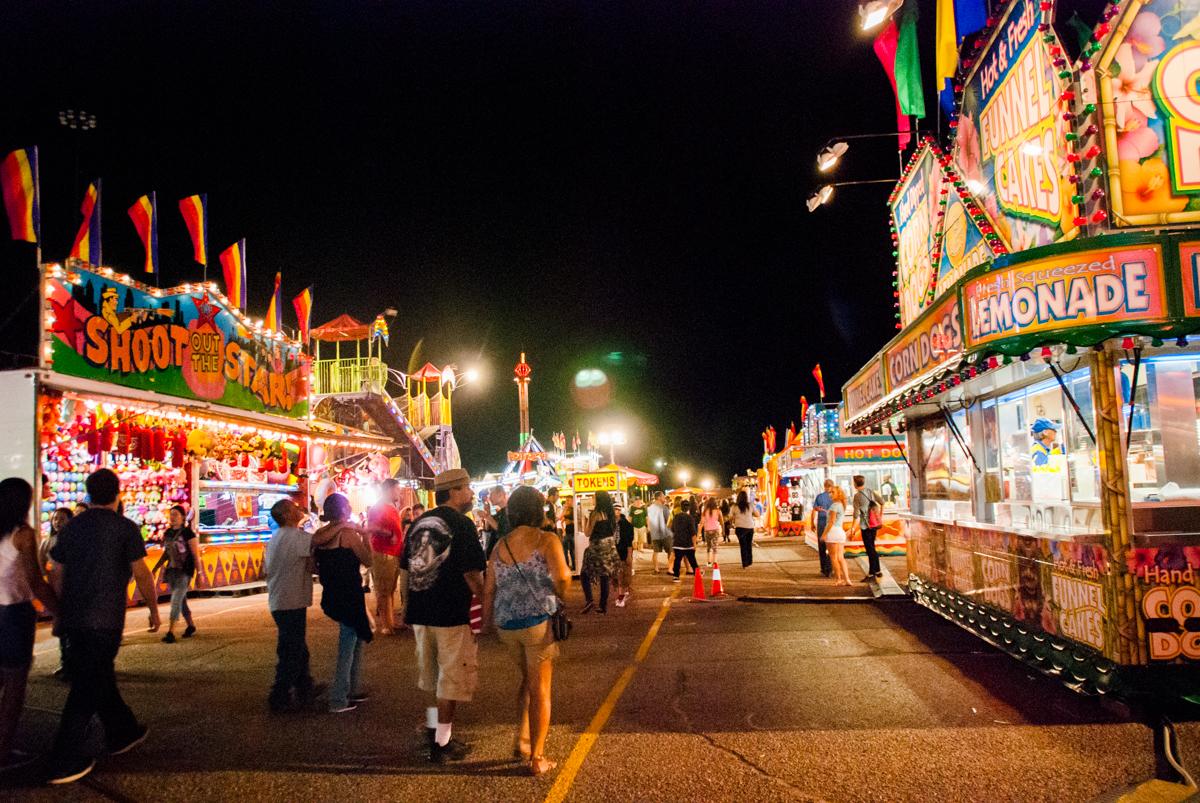
The Colorado State Fair, which has lost money for 21 years straight, “is not managed strategically,” according to a first-of-its-kind audit of its operations.
The fair’s deficits have averaged $4 million a year from 2014 to 2018, the Colorado State Auditor’s Office reported. Meanwhile, buildings and equipment at its campus in Pueblo have fallen into disrepair.
“I’m concerned,” said state Sen. Nancy Todd, an Aurora Democrat and a member of the bipartisan Legislative Audit Committee, which requested the investigation and heard its conclusions Monday. “I feel like we’re asking the same questions that we’ve been asking … How do we make sure that it is profitable? How do we make sure that we continue to inspire and encourage people from across the state to be supportive?”
The audit was serious enough, Todd said, that it’s time to question the fundamentals of the fair’s management structure.
The Colorado State Fair Authority doesn’t have a defined vision for its future, even though it paid $166,000 to a strategy consultant in 2017. It gave up nearly $1 million in potential revenues in the last fiscal year because it gave “inconsistent” discounts to groups renting its buildings. And many of those 57 buildings are in sub-standard condition, in part due to a lack of management, the audit found.
Despite spending $1.1 million per year on marketing, the fair authority has no comprehensive marketing plan and no target audience. It lacks a statewide focus or a process to evaluate its effectiveness, which could explain declines in attendance, the report stated.

One board member suggested that many Front Range residents forget about the fair, thinking that Colorado ends at Denver’s southern border. In response to the audit, state Rep. Daneya Esgar, a Pueblo Democrat, asked whether the state tourism office could do more to boost the fair's profile.
Tourism officials said they're interested in collaborating.
Fair Leadership Criticized
The state regularly audits the fair’s finances, but this was the first “operational” audit of its people and processes.
In 2018, the fair authority spent about $12 million, but it only made about $7.5 million from running the fairgrounds. The gap was partially filled with about $3.8 million from state and local funds.
The audit reserves much of its criticism for the fair’s 11-member board, finding it doesn’t play an active role in developing its budget or overseeing operations.
For example, the board did not weigh in when the fair’s general manager moved to buy electric trains to replace golf carts for transportation around the fairgrounds. In fact, the board doesn’t properly hire or assess the general manager, auditors concluded, and instead puts that responsibility on staff.
Stoller was hired in the summer of 2018. Responding to the audit, he said the fair was already starting a "long, heavy process" of reforms.
"The organization’s going to be pointed in a direction, and I think in the past that hasn’t always been the case,” Stoller said.
Fair leaders agreed to most of the audit’s recommendations. That includes developing comprehensive business and marketing plans, as well as redefining the role of the board. But some state legislators want it to happen faster.
“We’re already seeing a trend here that’s going downhill pretty fast,” Republican state Rep. Lori Saine of Dacono said. “It looks like we’re having some conflict of leadership here. I see a lack of leadership.”
The fair administration, she said, seems to be tied too closely to the state staff, rather than acting independently.
Agriculture overwhelms other industries
Another area of criticism in the audit is the board's focus on using the fair to promote Colorado agriculture above all else.
The fair is required by law to include displays on 10 different industries, including tech and science. But none of the fair’s leaders could remember any non-agricultural exhibits in recent years.
At the meeting on the audit, agriculture commissioner Kate Greenberg promised change.
“The state fair has a legacy extending beyond Colorado’s statehood,” Greenberg said. “Of course, upholding a 150-year-old legacy does not come without challenges.”
The state fair began as the First Territorial Fair in 1883. Pueblo became the official home of the fair in 1888, and it’s been located at its current site since 1901.
The fair claimed a victory this year as attendance climbed about 5% to 466,380 — but it’s still running significantly below its highs of more than 500,000 in prior years.
This story was updated with comment from tourism officials.









